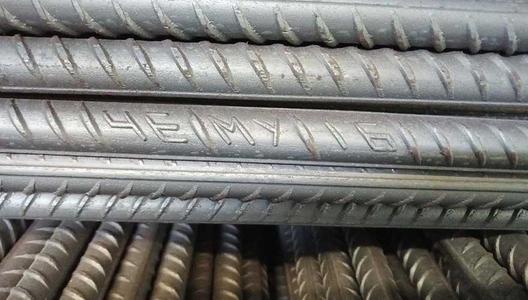What Steel is Rebar Made Of? Exploring the Composition and Benefits of Reinforcement Bars
Rebar, short for reinforcement bar, plays a critical role in the construction industry by providing strength and durability to concrete structures. But have you ever wondered, what steel is rebar made of? Understanding the composition of rebar is essential for anyone involved in construction, as it directly impacts the quality and longevity of a building. In this article, we will explore the type of steel used in rebar, its benefits, and why it is the preferred choice for reinforcement in concrete structures.

Understanding Rebar and Its Importance in Construction
Rebar, or reinforcement bar, is a crucial component in modern construction. It is primarily used to strengthen and support concrete, which, while strong in compression, is weak in tension. By embedding steel rebar into concrete, the combined material can withstand various stresses, ensuring the structural integrity of buildings, bridges, and other infrastructures.
Steel is the material of choice for rebar because of its high tensile strength and ability to bond well with concrete. This synergy between steel and concrete is what makes reinforced concrete one of the most widely used materials in the construction industry.
Composition of Steel Used in Rebar
When discussing what steel is rebar made of, it's essential to understand that rebar is typically made from different types of steel, each with specific properties suited for various applications.
1. Carbon Steel Rebar:
The most common type of rebar, carbon steel, is known for its strength and affordability. This type of steel contains varying amounts of carbon, usually between 0.2% and 2.1%. The higher the carbon content, the stronger the steel, but it also becomes more brittle. Carbon steel rebar is widely used in general construction due to its excellent tensile strength and ability to hold up under significant stress.
2. Stainless Steel Rebar:
Stainless steel rebar is often used in environments where corrosion resistance is critical, such as coastal areas or structures exposed to deicing salts. This type of rebar is made from steel that contains at least 10.5% chromium, which gives it its corrosion-resistant properties. While more expensive than carbon steel, stainless steel rebar offers long-term durability and reduced maintenance costs.
3. Other Alloy Steels:
In some cases, rebar is made from alloy steels, which include additional elements like manganese, silicon, and nickel. These alloys enhance specific properties of the steel, such as its strength, ductility, or resistance to environmental factors. Alloy steel rebars are typically used in specialized construction projects where specific performance characteristics are required.
Benefits of Using Steel in Rebar
Steel's properties make it an ideal choice for rebar in concrete construction. Here are some key benefits:
-
High Tensile Strength: Steel rebar significantly enhances the tensile strength of concrete structures, allowing them to withstand stretching and bending forces that would otherwise lead to failure.
-
Corrosion Resistance: Certain types of steel, particularly stainless steel, offer excellent resistance to corrosion, which is crucial in extending the lifespan of structures exposed to moisture or corrosive environments.
-
Cost-Effectiveness: While the initial cost of steel rebar might be higher than other materials, its durability and strength reduce the need for repairs and replacements, leading to cost savings over the life of a structure.
-
Ease of Use: Steel rebar is easy to work with, whether cutting, bending, or welding, making it a versatile material for various construction applications.
How the Composition of Rebar Steel Affects Concrete Structures
The composition of steel in rebar directly influences the performance and durability of concrete structures. For example, using high-carbon steel rebar can significantly improve the tensile strength of a building, making it more resistant to cracking under stress. On the other hand, stainless steel rebar, with its superior corrosion resistance, is ideal for structures exposed to harsh environmental conditions.
Industry standards, such as those set by the American Society for Testing and Materials (ASTM), provide guidelines on the composition and quality of steel rebar to ensure it meets the required safety and performance criteria for different construction applications.
Conclusion
In conclusion, understanding what steel is rebar made of is essential for ensuring the strength and durability of concrete structures. By choosing the right type of steel, whether carbon, stainless, or alloy steel, construction professionals can enhance the longevity and performance of their projects. As you embark on your next construction project, consider the composition of your rebar to ensure the safety and success of your structure.

